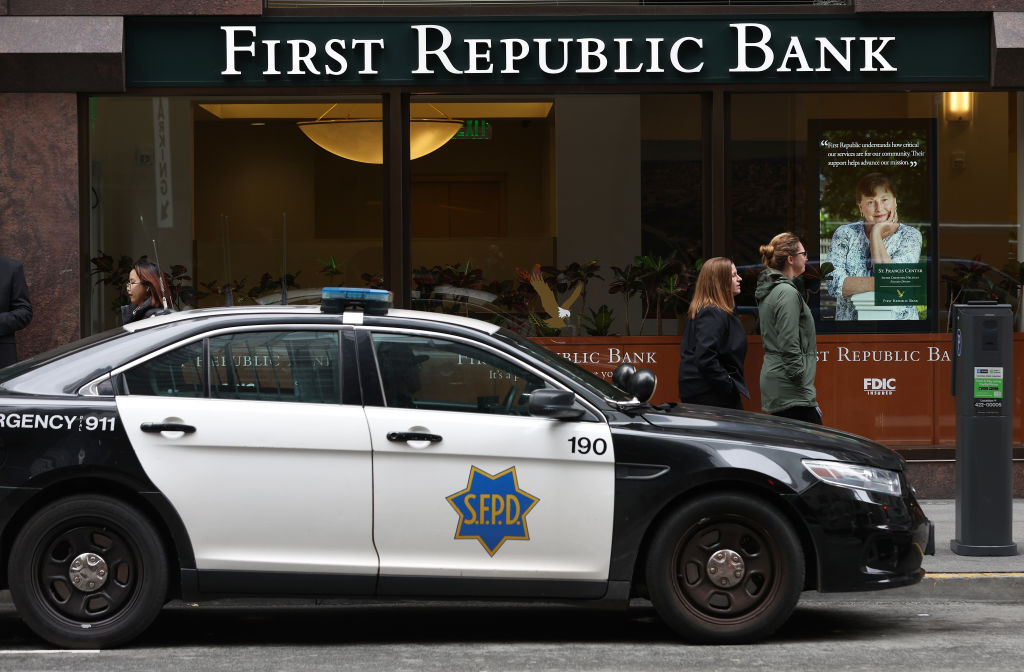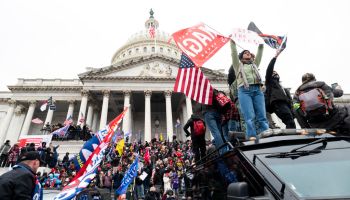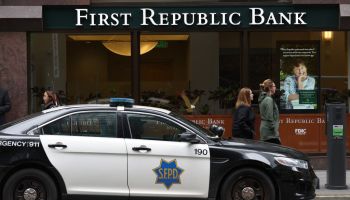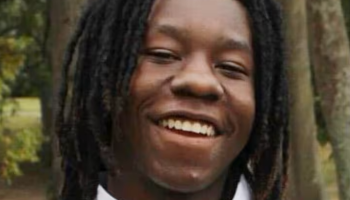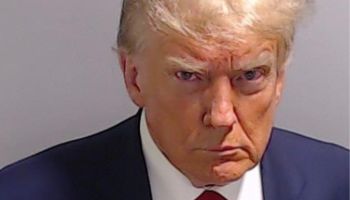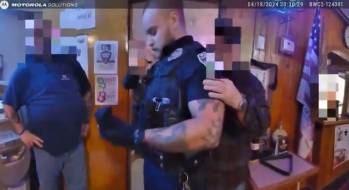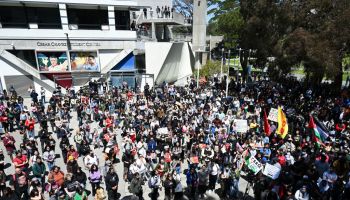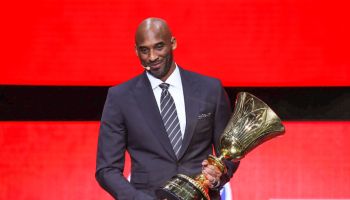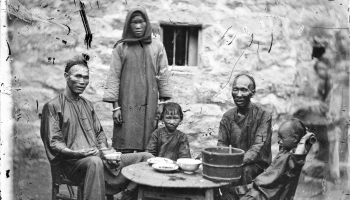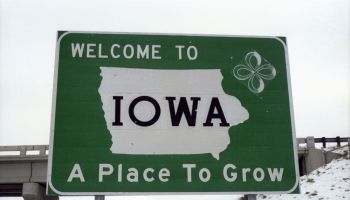Why more people need to know about the Supreme Court’s recent decision that will allow unlimited money to be poured into elections and what we can do to address it.
File this in the category of “under the radar.” There’s a lot that gets covered in the news and with the news cycle running all day long and the number of topics fitting into that category continuing to expand, it’s easy to miss things. This might have been one of them. Over three months ago, the Supreme Court decided to eliminate spending limits by individuals to federal candidates.
We know this court has been particularly involved in judicial-activism — overturning legislation based on political or personal reasons or viewpoints. And while it may not be the most activist court in recent history, we know that some of the laws they have overturned will have a huge impact in the near and distant future. The case of McCutcheon v. Federal Election Commission further expanded the court’s preference of eliminating campaign finance limits. This is the second case dealing with the issue. The first, Citizens United v. Federal Election Commission held that the government could not limit or restrict corporations, unions, or other types of associations from making independent political expenditures. It opened the door for corporations, including foreign corporations, with big budgets to leverage their resources in ads and other types of indirect spending.
ALSO READ: Here’s What Some Cops Are Saying About The Death Of Eric Garner
Now, just four-and-a-half years later, the justices have done it again, by removing limits on collective campaign contributions. Before the decision, every two years, an individual could contribute a total of up to $123,200 with the following rules: $2,600 to each individual politician’s campaign; up to $48,600 for candidates and $74,600 to political party committees like the Republican or Democratic National Committees or PACs. The ruling in the case removes the limits on total spending, even though it keeps the cap on individual contributions like those to individual candidates, political party committees and individual PACs.
It takes money to run a political campaign and ultimately win. From the very outset, a well-financed campaign can be the difference maker between having a fully staffed office canvassing, phone banking, and television and radio ads, or simply door-knocking with the candidate and a few friends. The broader the reach, the more a candidate can increase his or her chances of turning people out to vote for him or her. Once in office, those big dollar donors who helped finance the campaign have leverage that the average Joe or Jane don’t have. Their interests can reach the elected official and they are able to have a seat at the table while the rest of us are struggling to get into the door if we aren’t on the menu.
But, alas, the power of the polls still lies with the people. In the 2012 presidential election, $350 million was spent by PACs helping Mitt Romney, while only $100 million was spent on President Obama. But ultimately, the President was reelected, despite having less funding. There may not be anything we can do at the current moment about the money that can be spent in politics, but if people educate themselves and others on the candidates and the issues, we can still control who gets in and who is out.
